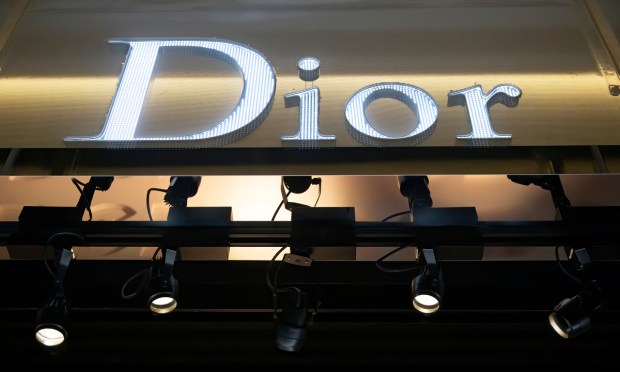Luxury Brands Want the Aspirational Shopper, But Not at a Discount

When consumers don’t spend, retailers typically think to offer a discount. But discounts, as we all know, can become a slippery slope. What lengths will a luxury retailer go to get the “aspirational shopper” to continue to shop?
The question arises due to the difference in spending behaviors between affluent Americans and aspirational shoppers. The divergence has urged luxury retailers to explore alternative revenue streams and, in some cases, modify their merchandise strategies.
However, in the realm of luxury and aspirational shoppers, the dynamics appear to be different. It becomes a delicate balancing act to preserve the brand’s luxury image.
As an illustration, French luxury conglomerate LVMH, which owns brands like Louis Vuitton, Christian Dior, Tiffany, and other luxury labels, was successful during the pandemic, because of an increase in aspirational spending from U.S. shoppers earning below $100,000.
Last year, middle-income shoppers, with surplus cash on hand, indulged in luxurious handbags and perfumes, contributing to LVMH’s profits. However, the current year paints a contrasting picture as inflation, economic uncertainty, and dwindling reserves lead the majority of U.S. consumers to exercise caution in their spending.
“The aspirational customer is suffering a bit,” said Jean-Jacques Guiony, LVMH’s CFO, during the company’s earnings call July 25, citing lower sales online and in “second-tier cities.”
Read also: LVMH Reports Unexpected Slowdown
Guiony attributed the decline in U.S. sales to a decrease in spending by aspirational consumers on entry-level products. He hinted that the diminishing impact of stimulus payments could have played a role.
“If we assume that that group was benefitting from subsidies during COVID, those come to an end at some point,” Guiony said.
In contrast, Guiony noted that LVMH’s high-priced goods are faring well in the U.S., likely due to wealthier shoppers being less affected by inflation, student debt, and economic fluctuations.
In June, the jewelry company Signet, which owns Kay, Jared, and Zales, linked its declining sales to a reduction in spending by aspirational customers who tend to make occasional purchases of goods priced between $300 and $800 but are more mindful of their spending when it comes to essential items.
According to Signet’s Chief Financial Officer, Joan Hilson, sales declined in fashion jewelry priced below $5,000 starting in April, and this trend continued through June. However, items priced above $5,000 remained robust.
According to Hilson, Signet is expanding its services to drive spending, with a particular focus on increasing sales of warranty and protection plans for watches and jewelry. A protection plan for a $3,200 tennis bracelet at Kay adds an additional $315 to the price.
Why Luxury Won’t Be Discounted
This probably goes without saying, but luxury wouldn’t be luxury if it were attainable. Nevertheless, there are some nuances and blurred lines within this notion.
Adopting a markdown strategy similar to big-box stores may generate short-term sales for a luxury brand, but it would have negative consequences in the long run. Luxury brands heavily rely on their image of exclusivity and rarity. In the pursuit of short-term gains, a luxury retailers risks diluting its brand identity.
LVMH is placing its trust in the younger generation to expand its influence, as emphasized by Guiony, with a goal of intensifying the desirability of its brands. But that doesn’t mean LVMH goods will be offered at a discount.
But that doesn’t also mean the aspirational customer is unattainable. According to retail industry expert and consultant Hitha Herzog, luxury retailers generate a significant portion of their revenue from lower-priced products, such as sunglasses, wallets and perfumes which cater to the aspirational market.
Additionally, Herzog stressed that LVMH’s global presence and range of brands provide the company with a stronger ability to weather fluctuations in consumer behavior.
The Future the Aspirational Shopper
Organizing high-profile events is an effective approach to promote the brand’s message, enhance its image, and cater to the ultra-wealthy, while simultaneously targeting the aspirational shopper.
Take Gucci and Saks Fifth Avenue, which have initiated efforts aimed at catering to their top clients. While these initiatives target the ultra-wealthy to encourage spending, they also employ a luring tactic that creates FOMO (fear of missing out) for the aspirational shopper.
Read more: Luxury Retailers Like Saks and Gucci Lean Into Exclusivity
According to Guiony, the marketing blitz leading up to the mega-budget fashion show on the Pont Neuf in Paris, featuring Pharrell Williams, was a highly successful venture. This event garnered over a billion views for Louis Vuitton. Guiony acknowledged that the cost of these initiatives was substantial, but he deemed it a worthwhile investment.

